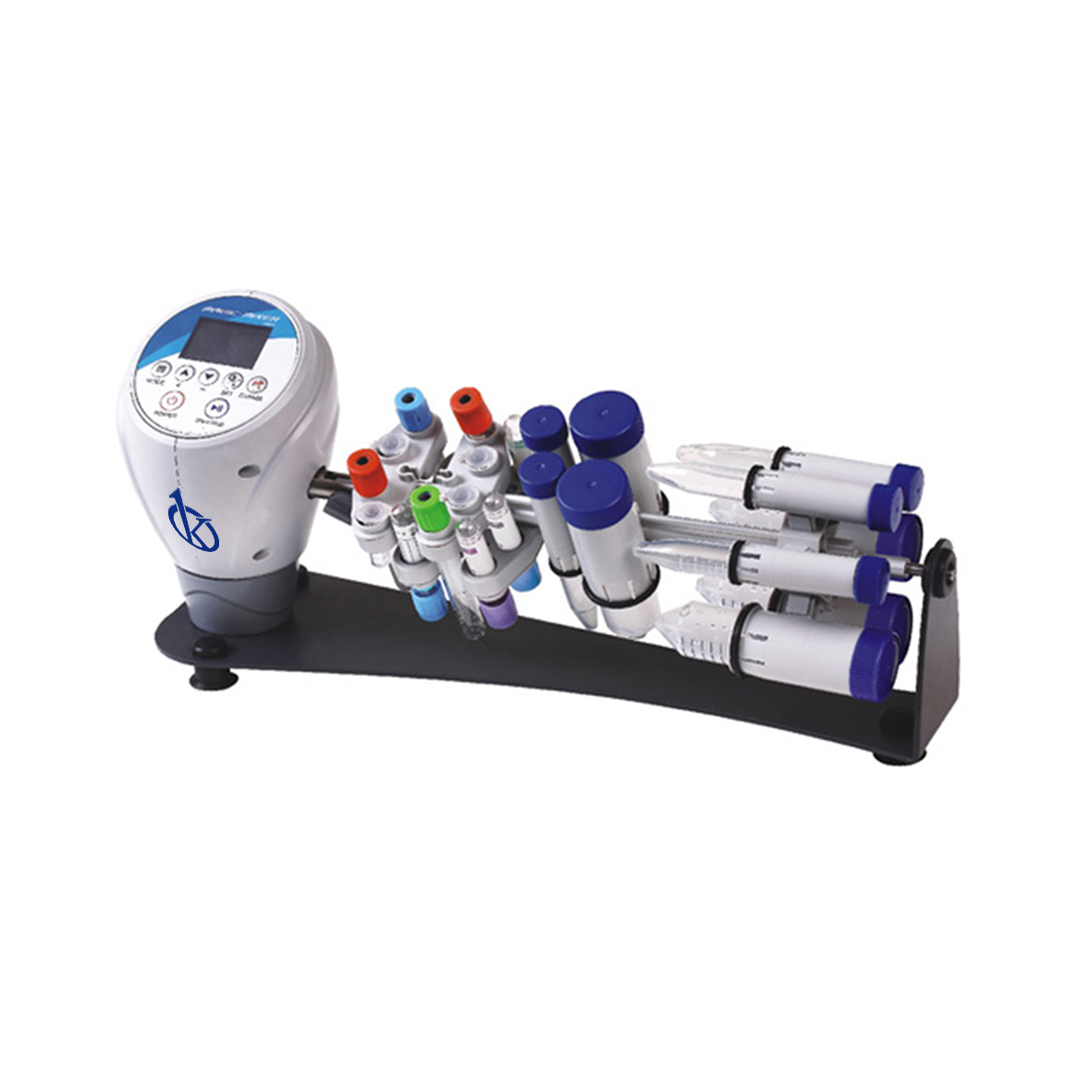Agitators are laboratory equipment used to mix or shake substances in tubes or flasks, which is mainly used in the fields of chemistry and biology. An orbital shaker has a circular shaking motion and is suitable for growing microbes and mixing in general.
The shaker is the choice you want to make when working with high-volume substances, or simultaneous shaking is required. Used for low density liquids and solids
The term ‘laboratory stirrers’ includes magnetic, vertical, hand-held and other stirring systems. The automatic systems have at least two components, a propulsion system and a rod. The propulsion system or motor is responsible for transmitting the movement to the rod and this in turn, is the part that transmits the movement of the motor to the middle.
Various rods are available for laboratory stirrers. Only the correct combination between the propulsion system and the rod allows for the optimal development of laboratory stirrers. The rods generate different flows in the middle due to their different construction types and must take into account the different possibilities of the propulsion system. There are rods such as flat-paddle shakers, crescent shakers, propeller shakers, turbine shakers, anchor-type shakers and other forms.
Depending on the medium and process, laboratory stirrers have different functions and possibilities. Initiation laboratory stirrers work with a fixed number of revolutions, which are indicated in r.p.m. (revolutions per minute)
The torque force indication is shown in Ncm (Newton centimeters) and there are laboratory stirrers with fixed and freely adjustable torque. There are also laboratory shakers that record torque variations and indicate such changes to the user.
There are also laboratory agitators with software that can be handled remotely and allow documenting processes. Other criteria of the propulsion system of laboratory agitators are for example space requirements, noise development, safety, reliability and handling.
The main types of stirrers are
- Magnetic stirrer (with or without heater): It is a metal plate on which is placed a flat-bottomed container containing the liquid or solution to be shaken. The stirrer magnet is inserted into it and an electric motor under the plate produces magnetic forces that rotate the magnet, causing the liquid to move in a circular motion. Rotational speed can be controlled. In many cases there is an electric heating system to control the temperature.
- Tray shaker: The tray has a circular motion by a motor that controls it. They may also have swinging movements or vibrations. They’re used to move cell cultures. Sometimes they have additional thermostatic control.
- Vortex shaker or vortex mixer: The surface on which the vessel to be shaken is located is made of rubber or rubber, it is placed in a slightly eccentric position and when turning produces vortices in the liquid.
- Orbital shaker: They are similar to tray shakers. A platform parallel to the surface of the table is equipped with an eccentric orbital movement.
- Roller shaker: A series of rollers close together rotate in a horizontal plane. The tubes, conveniently closed, are placed on the rollers and the liquid slides on their walls. Used in hematology laboratories, with blood samples and anticoagulant.
- Vertical shaker: The axis of rotation is vertical. The end that is put into the container with the liquid is finished in pallets. They look like a blender.
Agitators have been substituted for many magnetic purposes, but are still preferentially used in some situations
At Kalstein we offer you innovative stirrers that fit the needs of your laboratory. That’s why we invite you to take a look at our equipment available HERE

